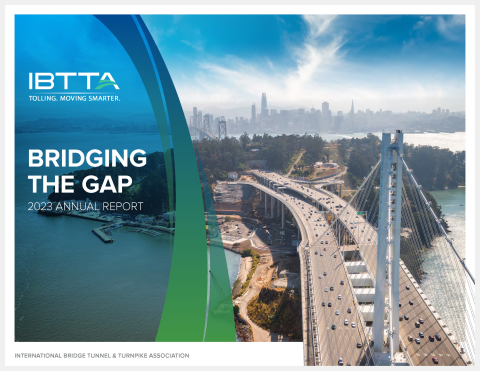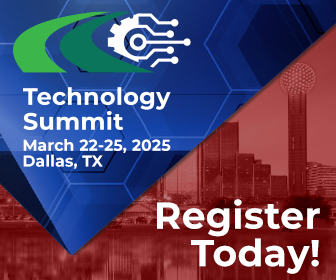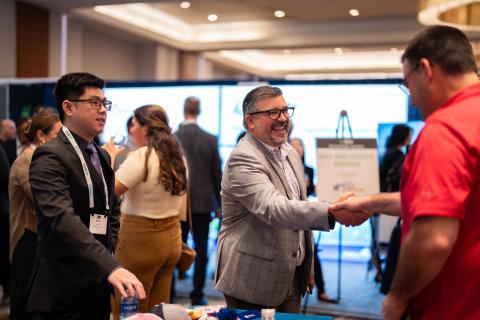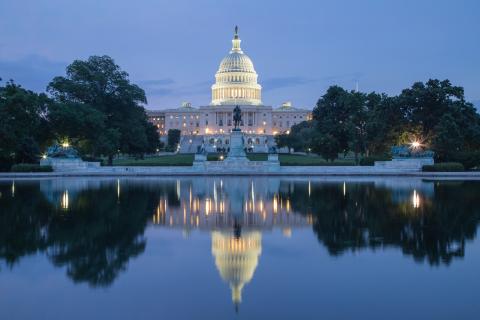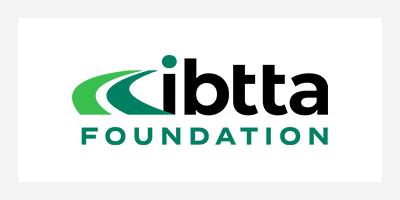- Home
- Summit On Finance and Policy Points To Bigger Role For Tolling
Stories
Summit on Finance and Policy Points to Bigger Role for Tolling


Amy Potter, Chief Financial Officer of the Transportation Corridor Agencies, and Bernie Arseneau, Vice President, Highways and Roads at HDR, are co-Chief Meeting Organizers of IBTTA’s Summit on Finance & Policy, May 19-21, 2019 in Philadelphia. In this interview with Tolling Points, they look at the practicalities of introducing bold new mobility concepts—and paying for them.
The Summit program reads very much like a moment of consolidating past progress and building momentum for the next round. What do you see as the biggest opportunities?
BA: With the current situation on funding, where it’s just not clear what the feds are going to do, tolling is becoming a much bigger player. It offers an opportunity for revenue, for states to balance their infrastructure needs with their funding. When I reflect back on the decisions I used to make at the state level, I didn’t see tolling as a method to manage our networks, our infrastructure. So that’s a big opportunity. What we’re trying to do at the conference is provide folks with best practices, with maybe a little bit of out-of-the-box thinking about new ways to structure transportation revenue streams and develop policies to manage new programs. Transportation agencies today are in the position to make decisions about finance and policy that weren’t available to them in the past.
AP: The transportation system continues to shift from the traditional federal and state funding to tolling and other local sources. When you add congestion management to the mix, and you have various transportation agencies connecting their systems to create a continuous network that gets people to their destinations faster, you sometimes end up with conflicting goals on the individual systems. We have been learning about many new mobility concepts through past conferences and other resources, and now our goal is to figure out from a practical standpoint how to make them all work together.
The program points to so many areas where tolling systems and technologies are changing fast, from the future of credit markets to the very definition and role of a tolling agency. What are some of the most exciting developments and possibilities?
AP: New ways of looking at congestion management and concepts like mobility as a service will change the way we do business today, and we need to be prepared to incorporate these concepts into our business models. I see congestion management and tolling working together to create a sustainable way of paying for the infrastructure, maintaining it and then continuing to improve it.
From a credit standpoint, we need to be prepared for new technology and how it affects our ability to pay the debt. For instance, what happens if individuals no longer own their own cars? Autonomous vehicles and ride-sharing could actually increase the number of trips and create a greater shift from transit in suburban areas when it is so easy to get around. Mobility as a service could provide operational efficiencies if we can eliminate our own customer service function, while people begin to see the value of paying for tolling along with other services. However, that shift won’t likely happen overnight, so thinking ahead on how to incorporate it will be important.
BA: We know that technology is going to transform transportation, and it’s not going to be long. It’s not decades. It’s years. Tolling authorities have the potential to lead that transition because they have a little more flexibility in adapting their systems to these new vehicles.
For example, we know that connected and autonomous vehicles (CAVs) are going to provide both mobility and safety scenarios that were never available in the past. It’s really incredible. But when you look at how we’re going to integrate those vehicles into today’s traffic stream, it offers a great advantage to segregate them from the general purpose traffic. A tolling authority can open up a lane that is designated for CAV-type technology, and those folks would then pay to realize the full benefits of decreased headways, faster speeds, and greater reliability. So that then begins the transition throughout our whole system—toll roads can be leaders for the DOTs and others in embracing this technology and providing it with a venue that allows it to be utilized to its greatest extent, while generating a revenue stream.
The program ends with a big challenge, asking participants to think about how to make tolling an option for everyone. What do you hope to hear back, and what can participants expect to learn?
AP: The goal is to get everyone thinking about all the concepts that are floating around in our industry and take a “blue sky” approach to figuring out how these new ideas could work in their organizations, then in their regions, then nationally and internationally. We need to start having conversations about these solutions and how we may implement them. I would like to ask participants to report back to IBTTA, and perhaps we can start sharing at future conferences.
BA: What we’re seeing right now with electrification and the federal challenges in trying to get a long-term funding bill is that our revenue streams are going to change. We’re seeing more grant programs, but the one thing that’s clear is that it’s not going to be the way it used to be. It’s just not. So in the short term, I believe registration fees for electric vehicles will accommodate the impact they have on the system. The gas tax will continue to be a short-term solution. But then the longer-term options are to charge based on vehicle miles travelled, or some other kind of payment for use. Tolling is arguably a very pertinent, appropriate way to charge users because of the cycle of funding, where the toll pays for new capital projects as well as asset management.
What specific knowledge, ideas, and insights will participants take away from attending this conference in Philadelphia?
BA: We’re going to have agency CFOs there having a candid conversation. We’re going to have states that embrace tolling and states that absolutely have no appetite for it. And we’re going to learn about the policy drivers for both. There’s clearly a political component to that, but there’s a lot more we’ll be able to hear about. It’s a unique conference agenda that will provide some significant, candid insights into some of the key questions the industry faces.
AP: The sessions are designed to incorporate both micro and macro concepts, ranging from practical solutions and how to implement them on the micro side to forward-thinking, big picture ideas on the macro side.
Register today for IBTTA’s Summit on Finance & Policy, May 19-21, 2019 in Philadelphia.

Joining IBTTA connects you to a global community of transportation professionals, offering unmatched opportunities for networking, knowledge-sharing, and collaborative innovation in the tolling and transportation sector.
Follow IBTTA on social media for real-time updates on transportation trends and collaborative opportunities.
